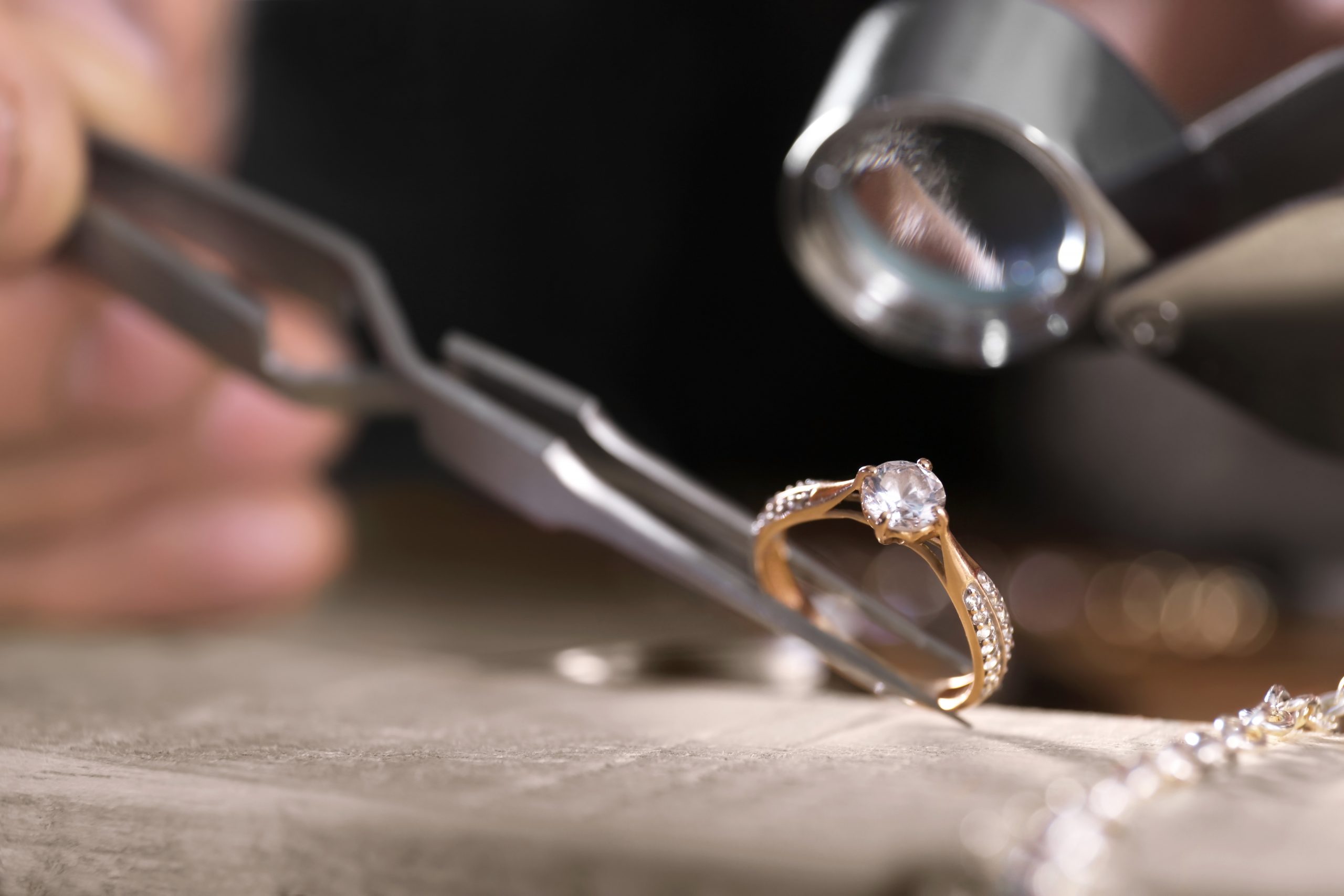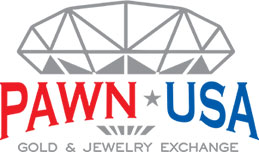- June 30, 2020
- Posted by: pawnusa
- Category: blogs

Diamond is a solid mineral mostly composed of the element carbon. According to experts, diamonds are formed because of the intense heat and pressure causing the carbon atoms to crystallize. With this, diamonds are considered the hardest known mineral.
Since the creation of diamond is a natural process formed deep within the earth, it cannot be helped that its creation can be affected with external (blemishes) and internal (inclusions) characteristics. These characteristics determine the rarity and clarity of the diamond.
What is diamond clarity?
Diamond clarity refers to the quality of the diamond based on the existence of inclusions and blemishes found in it. A diamond without any blemishes and inclusions is very rare and is almost impossible to find. And the less inclusions and blemishes, the higher the diamond’s clarity grade is.
The Gemological Institute of America (GIA) is a nonprofit institute and the world’s foremost authority on precious stones including diamonds. It develops standards for grading diamonds based on different factors, including clarity.
There are 11 grades on the GIA diamond clarity scale. The grade given to the diamonds is based on its size, nature, position, color or relief, and quantity of clarity characteristics visible under 10× magnification.
- Flawless (FL)
Diamonds under FL are diamonds considered extremely rare with only about 0.1% diamonds are found to be in this category. There are no inclusions or blemishes.
- Internally Flawless (IF)
Diamonds under IF are found to have no inclusions. It may have blemishes but is also very little and almost undetectable. In fact, the blemishes found in it cannot even affect its sparkle.
- Very, Very Slightly Included 1 (VVS1)
Diamonds under VVS1 have very few and almost undetectable inclusions, even under 10x magnification. Its inclusions cannot affect its sparkle either.
- Very, Very Slightly Included 2 (VVS2)
Diamonds under VVS2 have very little inclusion and can only be seen under 10x magnification. Though the inclusions cannot affect the diamond’s sparkle and are still considered as the diamond with the best value of the higher clarities.
- Very Slight Included 1 (VS1)
Diamonds under VS1 have minor inclusions that cannot be seen by the naked eye but are visible under magnification. Its inclusions have only a minor effect on the diamond’s sparkle.
- Very Slightly Included 2 (VS2)
Diamonds under VS2 have inclusions that are only slightly bigger than the ones found in VS1; they still cannot be seen by the naked eye but are visible under magnification. This type of diamond is popular among gemstone enthusiasts and jewelers because it offers you budget options based on the Cut, Color, or Carat.
- Slightly Included 1 (SI1)
Diamonds under SI1 can either have one single yet bigger inclusion or many smaller inclusions. For experts, it is better to have an SI1 diamond with many smaller inclusions since a single yet big inclusion is more visible. SI1 diamonds are another popular choice because they offer you budget options based on the Cut, Color, or Carat.
- Slightly Included 2 (SI2)
Diamonds under SI2 have inclusions that may be visible even without the use of magnification. And just like SI1, it is better to choose a diamond with many yet smaller inclusions.
- Included (I1, I2, I3)
Diamonds under I1, I2, and I3 are imperfect diamonds. They have clarity inclusions that are visible to the naked eye. I1, I2, and I3 are great for those who want to reach greater carat weight or desirable color grade for lower budget.
